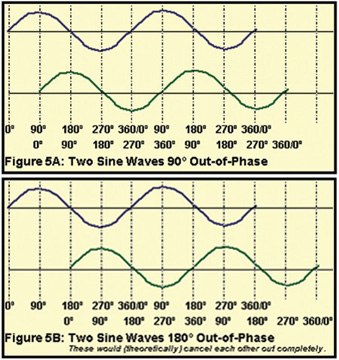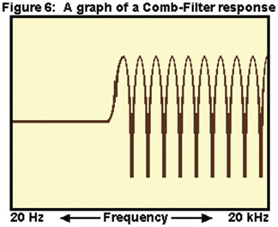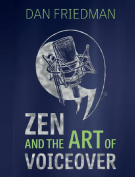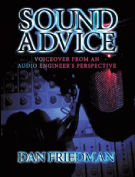 So what is the most difficult part to being in voiceover? No, it is not dealing with clients. (I love my clients, even the more challenging ones). The technical stuff can be difficult for some, but for others it can be a breeze. I believe that the the most difficult part of being a voice talent, for nearly everyone in this business, is the same thing that is difficult for my children…patience. I don’t mean to imply that voice talent are like children, but let’s face it, we can be a sensitive and impatient bunch.
So what is the most difficult part to being in voiceover? No, it is not dealing with clients. (I love my clients, even the more challenging ones). The technical stuff can be difficult for some, but for others it can be a breeze. I believe that the the most difficult part of being a voice talent, for nearly everyone in this business, is the same thing that is difficult for my children…patience. I don’t mean to imply that voice talent are like children, but let’s face it, we can be a sensitive and impatient bunch.
My friend Bill DeWees recently held an audio book seminar where he said this; “a voiceover career is a marathon, not a sprint”. At Faffcon 3, my friend Paul Strikwerda dropped this “golden nugget” which he’s allowed me to share with you; “We live in a microwave culture, but voiceover… is a crock pot career.” I love these quotes. They are simple and effective analogies, reminding us that patience is key to success and survival in this business.
Waiting can be difficult because it often coincides with fear of the unknown. It gives people a lot of time to get in their own heads and fool themselves into thinking something bad is happening, or nothing is happening at all. Furthermore, our “microwave culture” has become so accustomed to having it our way and getting it now, that we often forget the old adage… good things come to those who wait. Progress often occurs so slowly that it seems as though nothing is happening, but it is important to remember that as long as you are (back to Paul’s crock pot analogy) adding ingredients to your career and allowing everything time to cook properly; you will over time, get tasty results.
Nearly every skill involved in a voiceover career takes time to develop and cultivate. Learning to use your ears and apply the knowledge gained from listening… takes years of listening. Learning to understand and communicate various emotions that a script calls for, requires years of experiencing emotions and perhaps more importantly, recognizing how others express emotions.
Having patience is a requirement to learning the craft and is also necessary when promoting and selling yourself. Making a great demo will take time and can take several attempts. A marketing plan and developing the materials necessary to implement it, takes creativity as well as patience to ensure that it will be effective. You also must have the understanding that after you’ve sent your demo and marketing materials to prospective clients, an immediate response is highly unlikely and a lack of response does not always equal rejection.
So what is a voiceover talent to do while things are on a slow simmer?
My suggestion… keep a positive attitude and take one step each day to keep your career moving forward. A step can be as big or as small as you like. Just keep moving forward. Also, don’t overlook the signs indicating that things are moving in the right direction. Not all of the signs will be as obvious as, “We love your voice and would like to hire you.” A sign can be as small as a positive response to an email, tweet or post. Do not underestimate the power of these smaller signs. While they may not seem like very much at the moment, these signs are often a very important ingredient to having the delicious crock pot career you’re working on (kind of like the spice cumin… a little goes a long way). Also remember that these signs are not just about you. Undoubtedly, the small steps you take are helping someone else create a tasty career as well. Like you, they just may not know it yet.





